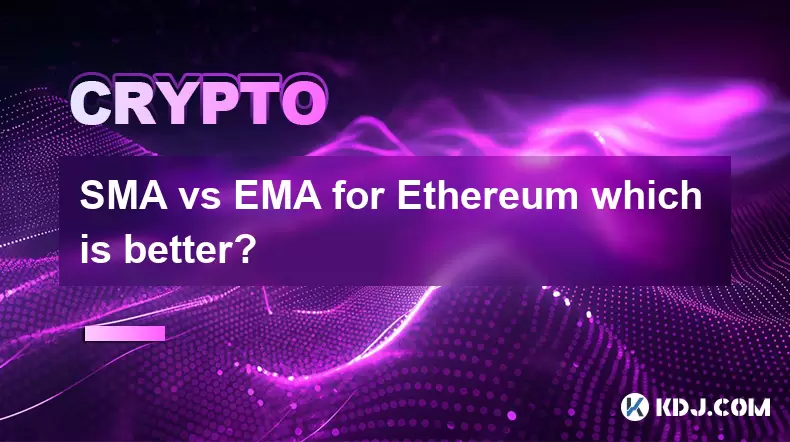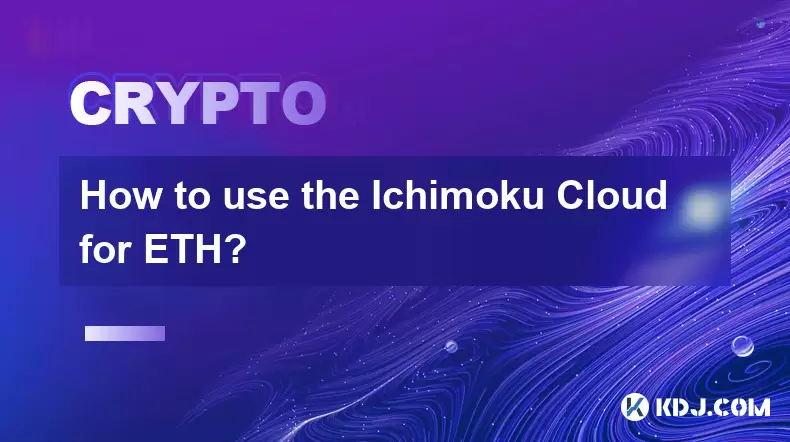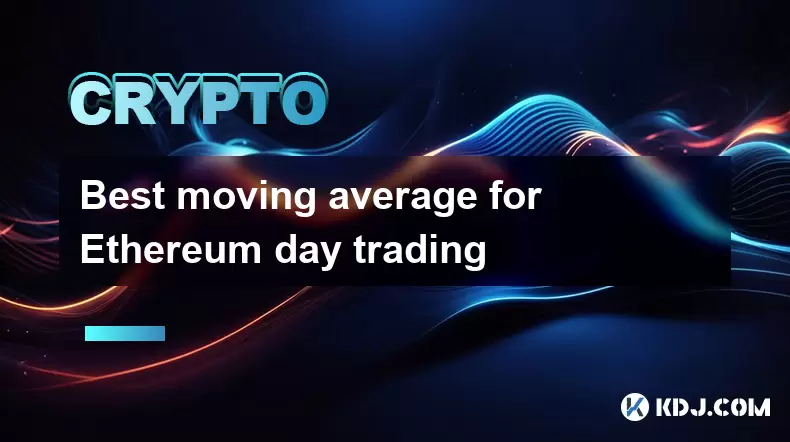-
 Bitcoin
Bitcoin $118100
-0.44% -
 Ethereum
Ethereum $3585
5.43% -
 XRP
XRP $3.434
5.65% -
 Tether USDt
Tether USDt $1.000
0.02% -
 BNB
BNB $743.8
3.89% -
 Solana
Solana $178.7
3.84% -
 USDC
USDC $1.000
0.03% -
 Dogecoin
Dogecoin $0.2381
12.81% -
 TRON
TRON $0.3270
3.62% -
 Cardano
Cardano $0.8315
4.93% -
 Hyperliquid
Hyperliquid $44.51
-4.42% -
 Stellar
Stellar $0.4710
1.52% -
 Sui
Sui $3.896
-2.51% -
 Chainlink
Chainlink $18.09
6.98% -
 Hedera
Hedera $0.2681
9.31% -
 Bitcoin Cash
Bitcoin Cash $516.7
4.83% -
 Avalanche
Avalanche $23.95
6.96% -
 Shiba Inu
Shiba Inu $0.00001490
5.67% -
 UNUS SED LEO
UNUS SED LEO $8.966
0.80% -
 Toncoin
Toncoin $3.294
4.39% -
 Litecoin
Litecoin $105.4
4.69% -
 Polkadot
Polkadot $4.356
5.30% -
 Uniswap
Uniswap $10.29
17.25% -
 Monero
Monero $327.9
-3.04% -
 Bitget Token
Bitget Token $4.942
4.33% -
 Ethena USDe
Ethena USDe $1.001
0.08% -
 Pepe
Pepe $0.00001348
2.17% -
 Dai
Dai $1.000
0.02% -
 Aave
Aave $320.8
0.58% -
 Bittensor
Bittensor $411.8
-4.07%
SMA vs EMA for Ethereum which is better?
In Ethereum trading, SMA helps identify long-term trends while EMA reacts faster to price changes, making it ideal for short-term strategies.
Jul 19, 2025 at 12:36 am

Understanding the Basics of SMA and EMA
In the world of cryptocurrency trading, especially when dealing with Ethereum, technical indicators play a crucial role in decision-making. Two of the most commonly used indicators are the Simple Moving Average (SMA) and the Exponential Moving Average (EMA). Both are used to analyze price trends and help traders determine potential entry and exit points. The SMA calculates the average price of Ethereum over a specified time period, giving equal weight to all data points. On the other hand, the EMA places more weight on recent price data, making it more responsive to new information.
How SMA Works in Ethereum Trading
The Simple Moving Average is calculated by taking the sum of Ethereum’s closing prices over a certain number of periods and dividing it by that number. For instance, a 10-day SMA would add up the closing prices of Ethereum for the last 10 days and divide the total by 10. This process is repeated for each new day, creating a moving average line that smooths out price volatility. Traders often use the SMA to identify support and resistance levels. When Ethereum’s price crosses above the SMA, it can signal a bullish trend, while a drop below may suggest a bearish movement.
- SMA is best suited for identifying long-term trends.
- It is less sensitive to short-term price fluctuations.
- Many traders use the 50-day or 200-day SMA for Ethereum to assess major market shifts.
How EMA Works in Ethereum Trading
The Exponential Moving Average differs from the SMA in that it gives more importance to recent prices. This makes the EMA more reactive to price changes, which can be particularly useful in the fast-moving Ethereum market. To calculate the EMA, traders start by computing the SMA for the initial period. Then, they apply a weighting multiplier to give more significance to newer data points. For example, a 10-day EMA will react faster to Ethereum’s price changes compared to a 10-day SMA.
- EMA is preferred by traders who want to capture short-term momentum.
- It helps in identifying quicker entry and exit points.
- The 12-day and 26-day EMA are commonly used for Ethereum trading strategies.
Comparing SMA and EMA for Ethereum Volatility
Ethereum is known for its high volatility, which means that the choice between SMA and EMA can significantly affect trading outcomes. Because EMA reacts faster to price changes, it tends to be more useful during periods of rapid movement. In contrast, SMA may lag behind sudden price swings, potentially leading to delayed signals. However, this lag can also serve as a filter for noise in the market, providing a clearer picture of the underlying trend.
- EMA is more sensitive to sudden Ethereum price spikes or drops.
- SMA provides smoother signals but may miss early trend reversals.
- During high volatility, EMA can offer more timely trading cues.
Which One to Use for Ethereum Trading Strategies?
The decision between SMA and EMA largely depends on the trader’s strategy and time horizon. Day traders or scalpers who focus on quick profits from Ethereum’s price movements may find the EMA more beneficial due to its responsiveness. On the other hand, long-term investors or those who prefer trend-following strategies might lean toward the SMA for its stability. Some traders even combine both indicators to get a more comprehensive view of Ethereum’s market direction.
- EMA is ideal for short-term traders looking to catch quick moves.
- SMA suits long-term investors focused on broader trends.
- Combining SMA and EMA can help filter false signals and confirm trends.
Practical Application of SMA and EMA in Ethereum Charts
To apply these indicators effectively, Ethereum traders should first select the time frame that aligns with their trading goals. For example, setting up a 50-day EMA alongside a 200-day SMA on a daily Ethereum chart can help identify both short-term and long-term trends. When the EMA crosses above the SMA, it can signal a bullish phase, while a cross below might indicate a bearish trend. Additionally, traders can adjust the periods based on their strategy—some may use 9-day and 21-day EMAs for intraday trading, while others might stick to weekly SMAs for long-term investment.
- Set up both SMA and EMA on your Ethereum charting platform.
- Adjust the periods based on your trading time frame.
- Watch for crossovers between EMA and SMA to spot trend changes.
Frequently Asked Questions
Q: Can I use both SMA and EMA together for Ethereum trading?
Yes, combining SMA and EMA can provide a more balanced view of Ethereum’s price action. Traders often use the EMA to detect early trend changes and the SMA to confirm long-term direction.
Q: Which time frame is best for using SMA and EMA with Ethereum?
The optimal time frame depends on your trading style. Short-term traders may prefer 15-minute or hourly charts with EMA, while long-term investors might use daily or weekly charts with SMA.
Q: Do professional Ethereum traders prefer SMA or EMA?
There is no universal preference. Many professionals use both indicators depending on the market conditions and their trading objectives.
Q: How do I set up SMA and EMA on my Ethereum trading platform?
Most trading platforms like Binance, TradingView, or MetaTrader allow you to add these indicators with a few clicks. Simply select the desired period and overlay them on your Ethereum price chart.
Disclaimer:info@kdj.com
The information provided is not trading advice. kdj.com does not assume any responsibility for any investments made based on the information provided in this article. Cryptocurrencies are highly volatile and it is highly recommended that you invest with caution after thorough research!
If you believe that the content used on this website infringes your copyright, please contact us immediately (info@kdj.com) and we will delete it promptly.
- Dogwifhat, Pepe, and Altcoin 2025: Meme Coin Mania or Real Utility?
- 2025-07-19 02:50:13
- Bitcoin: From Niche Crypto to Global Asset Dominating Crypto Finance
- 2025-07-19 02:50:13
- Coinbase System Upgrade: What It Means for Your Crypto
- 2025-07-19 02:30:13
- Riding the Crypto Whale: Bitcoin, Altcoins, and the $5 Trillion Dream
- 2025-07-19 02:30:13
- Bitcoin Core's Disk Fill Bug: Finally Squashed?
- 2025-07-19 02:35:13
- Coinbase (COIN) Soars to All-Time High: What's Next?
- 2025-07-19 00:30:12
Related knowledge

How to use the Ichimoku Cloud for ETH?
Jul 18,2025 at 09:56pm
Understanding the Ichimoku Cloud and Its ComponentsThe Ichimoku Cloud, also known as Ichimoku Kinko Hyo, is a versatile technical analysis tool that p...

SMA vs EMA for Ethereum which is better?
Jul 19,2025 at 12:36am
Understanding the Basics of SMA and EMAIn the world of cryptocurrency trading, especially when dealing with Ethereum, technical indicators play a cruc...

Best moving average for Ethereum day trading
Jul 19,2025 at 01:42am
Understanding the Role of Moving Averages in Ethereum Day TradingIn the realm of Ethereum day trading, moving averages are indispensable tools for ide...

How to customize USDT TRC20 mining fees? Flexible adjustment tutorial
Jun 13,2025 at 01:42am
Understanding USDT TRC20 Mining FeesMining fees on the TRON (TRC20) network are essential for processing transactions. Unlike Bitcoin or Ethereum, whe...

USDT TRC20 transaction is stuck? Solution summary
Jun 14,2025 at 11:15pm
Understanding USDT TRC20 TransactionsWhen users mention that a USDT TRC20 transaction is stuck, they typically refer to a situation where the transfer...

How to cancel USDT TRC20 unconfirmed transactions? Operation guide
Jun 13,2025 at 11:01pm
Understanding USDT TRC20 Unconfirmed TransactionsWhen dealing with USDT TRC20 transactions, it’s crucial to understand what an unconfirmed transaction...

How to use the Ichimoku Cloud for ETH?
Jul 18,2025 at 09:56pm
Understanding the Ichimoku Cloud and Its ComponentsThe Ichimoku Cloud, also known as Ichimoku Kinko Hyo, is a versatile technical analysis tool that p...

SMA vs EMA for Ethereum which is better?
Jul 19,2025 at 12:36am
Understanding the Basics of SMA and EMAIn the world of cryptocurrency trading, especially when dealing with Ethereum, technical indicators play a cruc...

Best moving average for Ethereum day trading
Jul 19,2025 at 01:42am
Understanding the Role of Moving Averages in Ethereum Day TradingIn the realm of Ethereum day trading, moving averages are indispensable tools for ide...

How to customize USDT TRC20 mining fees? Flexible adjustment tutorial
Jun 13,2025 at 01:42am
Understanding USDT TRC20 Mining FeesMining fees on the TRON (TRC20) network are essential for processing transactions. Unlike Bitcoin or Ethereum, whe...

USDT TRC20 transaction is stuck? Solution summary
Jun 14,2025 at 11:15pm
Understanding USDT TRC20 TransactionsWhen users mention that a USDT TRC20 transaction is stuck, they typically refer to a situation where the transfer...

How to cancel USDT TRC20 unconfirmed transactions? Operation guide
Jun 13,2025 at 11:01pm
Understanding USDT TRC20 Unconfirmed TransactionsWhen dealing with USDT TRC20 transactions, it’s crucial to understand what an unconfirmed transaction...
See all articles

























































































